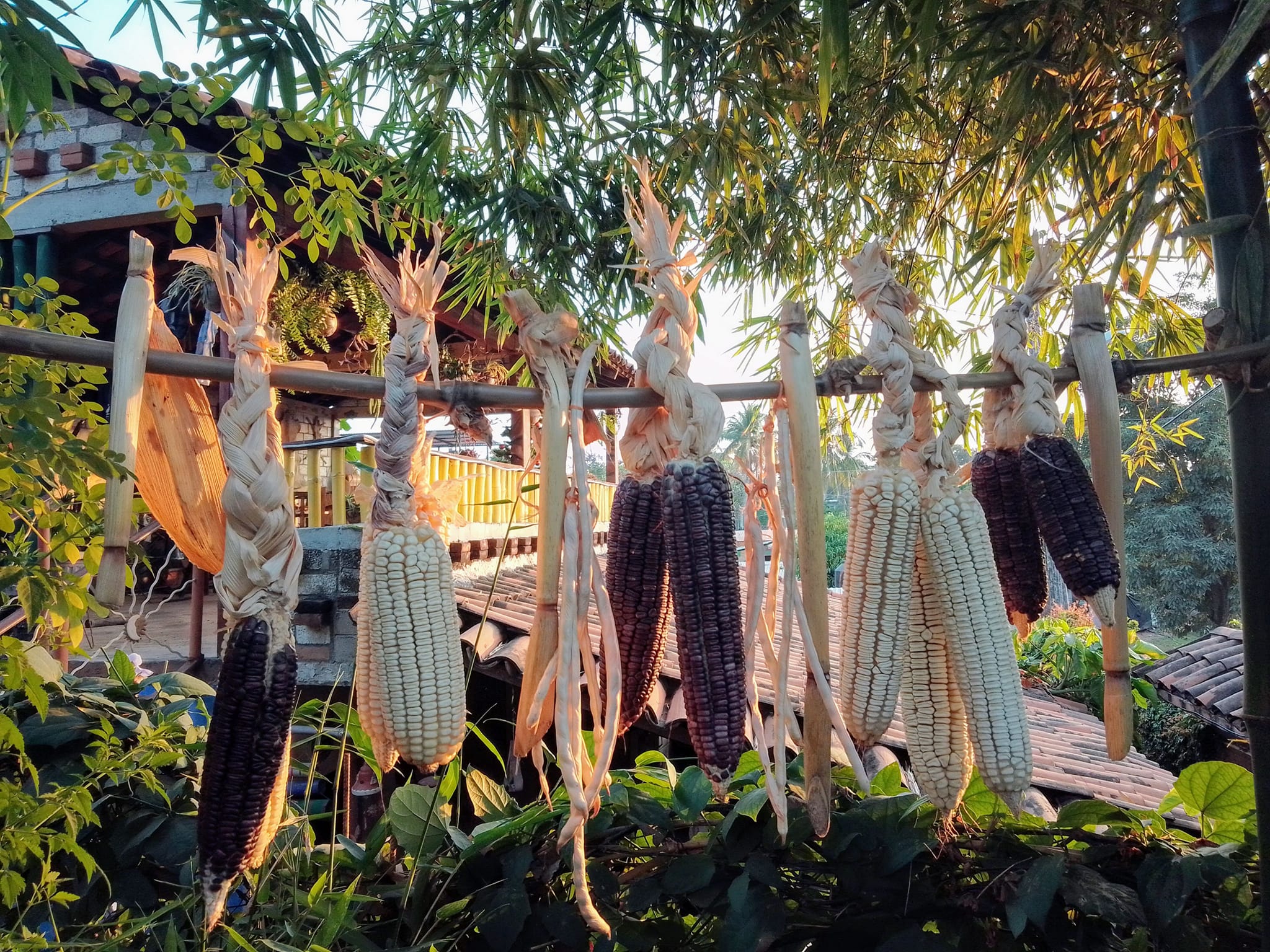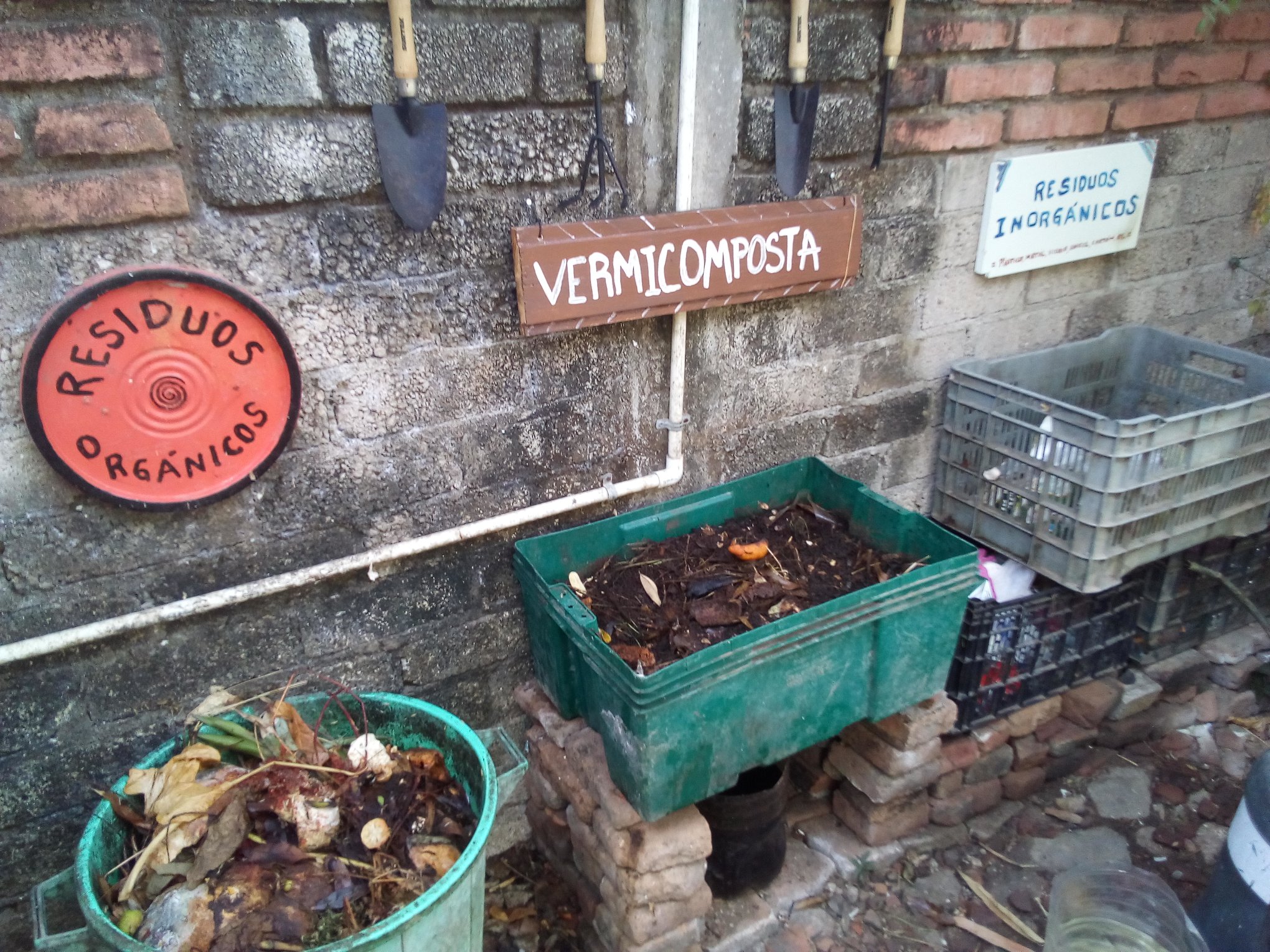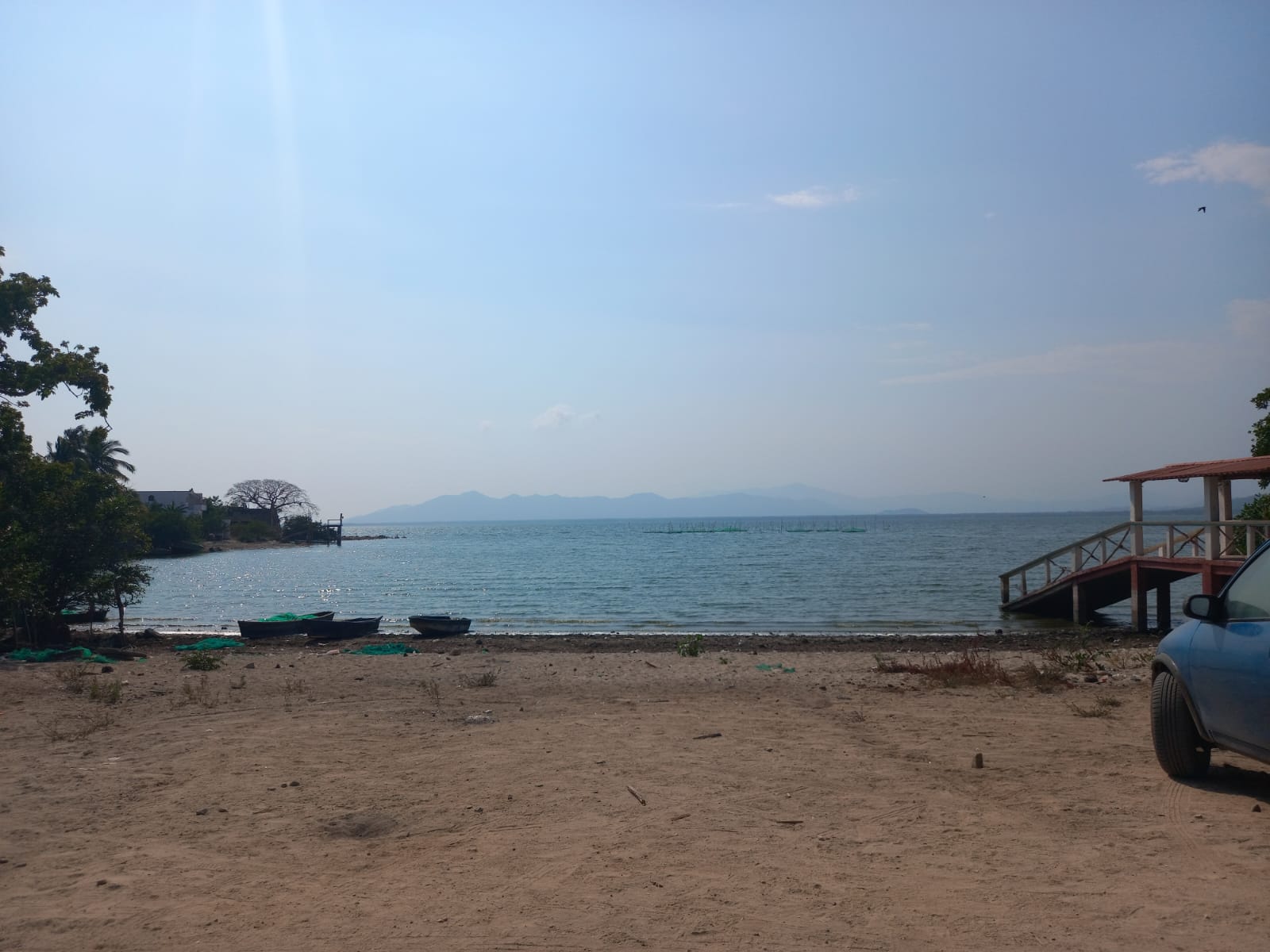by Marcos Cortez Bacilio marcosbacilio@gmail.com
coeditores:
-dr. ulises moreno tabarez;
-dra. dulce maría quintero romero;
-dr. Héctor Becerril;
-dra. rocio lopez velasco
Local agri-food geographies
In March 2020, the closure of markets due to the SARS-CoV-2 virus limited free access between communities. the municipality of Coyuca de Benítez imposed restrictions on foreigners, impacting commercialisation in municipal markets. Many farmers opted not to sell their surplus, preferring to keep it for their own consumption to reduce the risk of contagion. This limited the availability of seasonal food, with imported food predominating, especially in peri-urban and suburban areas.
At the regional level, social and peasant organisations led by the Unión de Pueblos para el Desarrollo Sustentable del Oriente de Coyuca y Poniente de Acapulco (UP); the Red de Campesinos Guardianes del Maíz Nativo (Regmaíz); the Red de Mujeres Trabajando por el Bien Común (Redemu), and other solidarity organisations in the municipality, with each more than two decades of experience in socio-economic, socio-environmental, and agro-ecological issues, have warned and pointed out in recent years that industrial agriculture is ecologically poor, dependent on external inputs, susceptible to climate change, and vulnerable in food supply, as demonstrated today by the pandemic. We take up the philosophy, practice, and principles of agroecology, applied to agricultural production, which strengthens urban agriculture and improves nutrition (e.g., Wezel et al. 2009), where agroecological strategies are the basis for the agriculture of hundreds of families as an alternative to the industrial model. In this case, urban family farming, which includes growing plants and raising animals in and around cities (FAO, 2014), is a sustainable alternative to improve nutrition in communities of more than 2,000 inhabitants.
With this background, it was in 2020 and 2021 that we promoted strategies to move towards sustainable agri-food systems, and promoted collective action to take advantage of backyards, solar gardens, rooftops, walkways, etc., for the production of fresh fruit and vegetables under agro-ecological principles. This contributed to the self-sufficiency and nutrition of families while at the same time reorganising exchanges of food and other products. for many, This process has re-evaluated home food production, sensitising city planners and authorities to act in food emergencies. In addition, we are urging the elimination of harmful foods from diets in the face of future pandemics. Urban food production has grown over the past two decades and will continue to grow, as access to local food is a resilience strategy in times of crisis.
Home gardens: agriculture of the past, for the future
Backyard food production is a Mesoamerican cultural event. From the beginning—in the midst of the pandemic—the activity sought to alleviate fear and, in the process, change the way we understand life. Today this practice aims to bring different benefits and results: improved nutrition, increased physical and mental health, promotes respect for nature and represents a family saving by reducing costs in the purchase of vegetables and greens.
Growing our own food in urban areas is an opportunity to think about life and death, i.e., growing our own food makes us more sensitive and aware of the people who produce food in the countryside, as well as caring for biodiversity. Growing food at home gave us the possibility to consume and raise the quality of fresh and nutritious food, it is important to consume at least 3 portions of fruits and 2 portions of vegetables of different colours per day, to consume both fresh food (fruits and vegetables) and dry products (fruits and seeds), the resulting combination of these foods provides the necessary vitamins and minerals per person, making up a complete and balanced nutrition.
Now in our homes we carry out productive and recreational activities that revolve around the garden, reusing resources found at home to a large extent. This is a socially activating and self-taught process, in which all members of a family interrelate, assuming diversified roles in the face of a common need for subsistence. This helped to explore the links between the garden and human health, demonstrating that the way we practise urban agriculture strengthens and increases our defences in a natural way, preventing food and health problems.
In Coyuca de Benítez more than 50% of the rural and urban families produce food in plots or backyards of 10 to 100 m², land used for animal husbandry and the sowing of multifaceted vegetables: corn, beans, pumpkins, wild chillies with different shapes, aromas and pungency, variants of tomatoes and tomato peel, some quelites used temporarily and others that are present all year round. It is very common that we also extract products of animal origin such as butter, milk, eggs, cream, cheese, chicken, pork and goat meat in their mixed delicacies. As well as the daily use of herbs (coriander, garlic, epazote, mint, cumin, basil, holy leaf, oregano), true living pharmacies that recover many traditional culinary variants.
Local market: a niche for exchanges and trueque
In the midst of the health crisis, trueque (bartering) resurfaced. Job losses and economic collapse were among the main reasons why people chose to exchange goods and services in an attempt to avoid using money and survive the pandemic. In Coyuca de Benítez, before the pandemic, bartering was sometimes carried out with surplus crops or leftover household items. The economy came to a standstill and, consequently, not having money to purchase desired goods and services led many people to return to bartering as a real alternative to getting rid of things.
This system currently supports the economy of various traders, because due to the low sales and economic problems brought about by Covid-19, they prefer to exchange their products and avoid losses, which is why it has become the mainstay of the local market and trade. Despite the existing local production, the imminent temporary closure of the markets reduced sales and led to the reorganisation of exchanges or trueque of food and other products, which revived the solidarity economic circuits, as well as offering the possibility of improving economic and food viability, as is done today from community to community, and from community to neighbourhoods and neighbourhoods in the municipal capital.
Similarly, direct producer-to-consumer sales were established, a relationship of trust built up over the years, which in the midst of the pandemic took on greater relevance: “local consumption and the purchase of healthy and nutritious products”. Today, the activities of the Tianguis Campesino Agroecológico (TCA)—a space for sale and exchange that has existed since 2009—are intensifying, demonstrating to the authorities the persistence of local production and the increase in urban consumption. This local market strategy, which links the rural with the urban, is a solidarity trade based on the direct sale or barter of fresh produce without intermediaries, strengthening local agri-food systems, such agriculture is based on short, decentralised circuits that escape the direct control of capital (Van der Ploeg, 2010).
Urban Food Self-Transformation
In short, it is imperative that we, as urban dwellers, take the initiative to improve our health and nutrition. We can do this by opting for traditional food consumption, by supporting local markets, farmers’ markets, eco-shops, and by encouraging exchanges between communities and neighbourhoods. This movement is already underway, but we must strive to expand these circles of trust and exchange of seeds, fresh food and other products.
Urban agroecology, a practice already being implemented in our neighbouring municipalities, such as Acapulco de Juárez and Atoyac de Álvarez, is another promising avenue. With the production of vegetables in pots, backyards, and rooftops, and the use of kitchen and garden waste to compost and nourish crops. People are taking back control over their food; they plant their crops with local seeds that they exchange with neighbours and relatives.
In Coyuca de Benítez, growing, exchanging and bartering food is not only an ecological act, but also a political one. If millions of us adapt these actions from different corners and organise to chart our own horizon, we will be part of a ‘mass contagion’ of change and self-transformation. This is a reality at our fingertips, and it is through these small actions that we can transform our world. It is not as complicated a task as you might think.
works cited
FAO. (2014). “Ciudades más verdes en América Latina y el Caribe. Un informe de la FAO sobre la agricultura urbana y periurbana en la región” Roma: Organización de las Naciones Unidas para la Alimentación y la Agricultura.
Van der Ploeg, J. (2010). Nuevos campesinos. Campesinos e Imperios Alimentarios. Barcelona: Icaria Editorial, p.430.
Wezel, Alexander, Stephane Bellon, Benoit T. Doré, et al. (2009). Agroecology as a science, a movement or a practice. A review. Agronomy for Sustainable Development.





